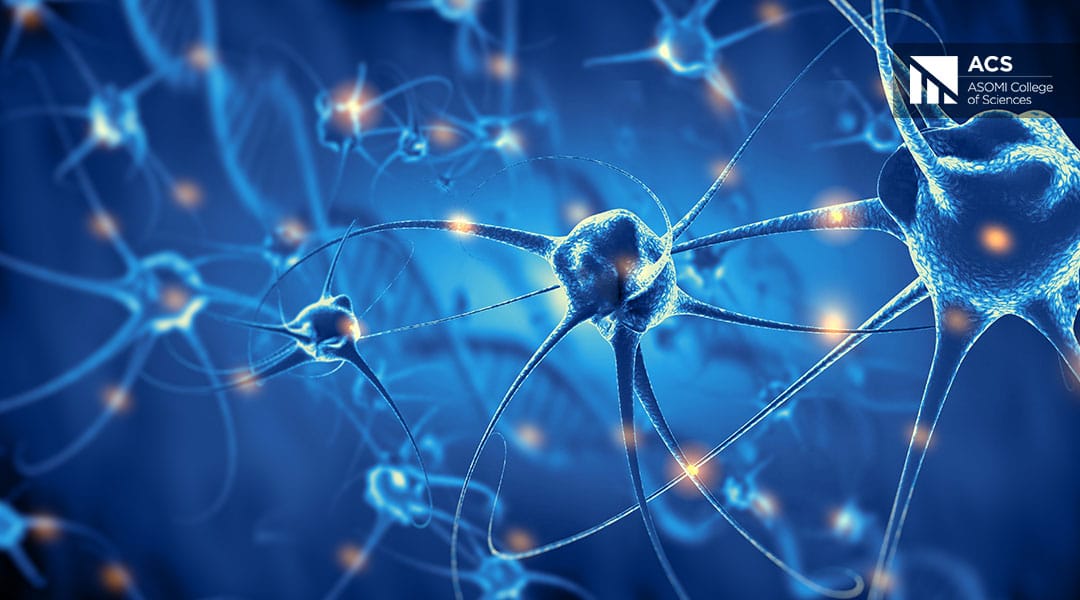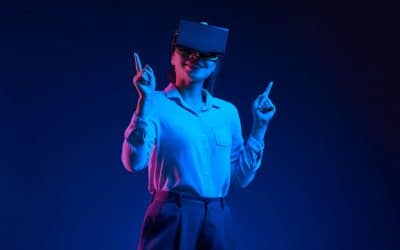
Fundamental concepts.
Two sentences can sum up the tissue approach, and they are both attributed to Rollin Becker.
The first one:
“Cells have two things in common: a philosophy and a goal.
By their philosophy they are universal, and all obey the same laws.
Their purpose is expressed in their specificity.
We accept their specificity and work with their universality.”
What could be cellular philosophy and its universal laws?
It is the philosophy of the living and the fundamental laws that allow it to express itself.
A cell exists, “is”, and its primary motivation is to live. To do so, it constantly exchanges information flows (energy) with its surrounding as well as in its own system. It receives, transforms and consumes this information energy, while it releases some outside. This “intelligent”, coherent flow exchange allows the cell to experience its existence. It modulates the quality of these exchanges according to these needs and also the needs of its surroundings as it contributes to the proper functioning of all the body mechanisms. Therefore, we are in a communicative system.
The good health of the cell and the body system as a whole, is subject to a proper flow of energy-information. Restricting these flows will disrupt the health of the system. The osteopath’s goal is to detect those restrictions, to release the flows in order to restore these exchanges, this communication and therefore allow the system to retrieve health.
We will later see what tools and parameters allow us to release these blocked flows. But we can already say that any cell or set of cells that are subject to the same laws, will be approached with the same modus operandi in all areas of the system (skull, viscera, soft tissues etc.) with the simple objective of releasing the flows. It is in this capacity that we say that we work with universality while recalling specificity.
We act as high as possible in the causal cone. In fact, we can imagine a cone of knowledge whose summit is the starting point for the exchange of information or data. These exchanges will produce new data as time goes by. Someone who would like to study this cone in practice would place himself at a certain level and deduce the effects of the exchanges by descending into the complexity of the cone, finding more and more elements, up to the point of being exceeded by the quantity. He would then have to define a field of study having his own abilities as its limits. This is the field in which every specialist works. This gives the advantage of being very competent in a small area (effects) but has the disadvantage of cutting off causes that are much higher in the cone. Thus, a specialist of the hand, for instance, would ensure a good management of a local pathology while risking to lose sight of the cause upstream.
Globality and work on causes are the priorities for the tissular approach that goes up very high in the cone, favoring an action at the very heart of the “mechanisms” of life: tissue communication.
The second one:
“Only tissues know”
The modus operandi that we will develop further is based on gathering tissue information.
The operator must put to sleep what he has learned, get rid of pre-established patterns that he would tend to apply systematically. His osteopathic, clinical knowledge is useful and a requisite, but he must leave it in the background so as to approach each patient as a unique, new, hypercomplex system on which it is restrictive to apply only reductive schemes by definition. Only the patient’s tissues are able to provide the correct information that will guide the practitioner and allow him to give the necessary fulcrum for releasing blocked flows in relation to the patient’s current request.
The characteristics for tissues having poor communication.
The in- and out flow of energy-information produces the rhythmic respiration of the tissue. It is said that cells transform communication into motion. The quality of the exchanges and the health status, will therefore be noticeable to the palpation assessing the quality of the movement. A healthy tissue will present a loose movement, a tissue in poor communication a restricted movement.
Blocked flows cause energy-information retention that increase density or even tissue tension and simultaneously result in a tissue retraction. The system expresses a refusal by closing, retracting, densifying (John Upledger was talking about energy cysts, Viola Frymann of energy retained in the tissues). These elements will be sought by a trained operator able to precisely locate and release the retention areas.




